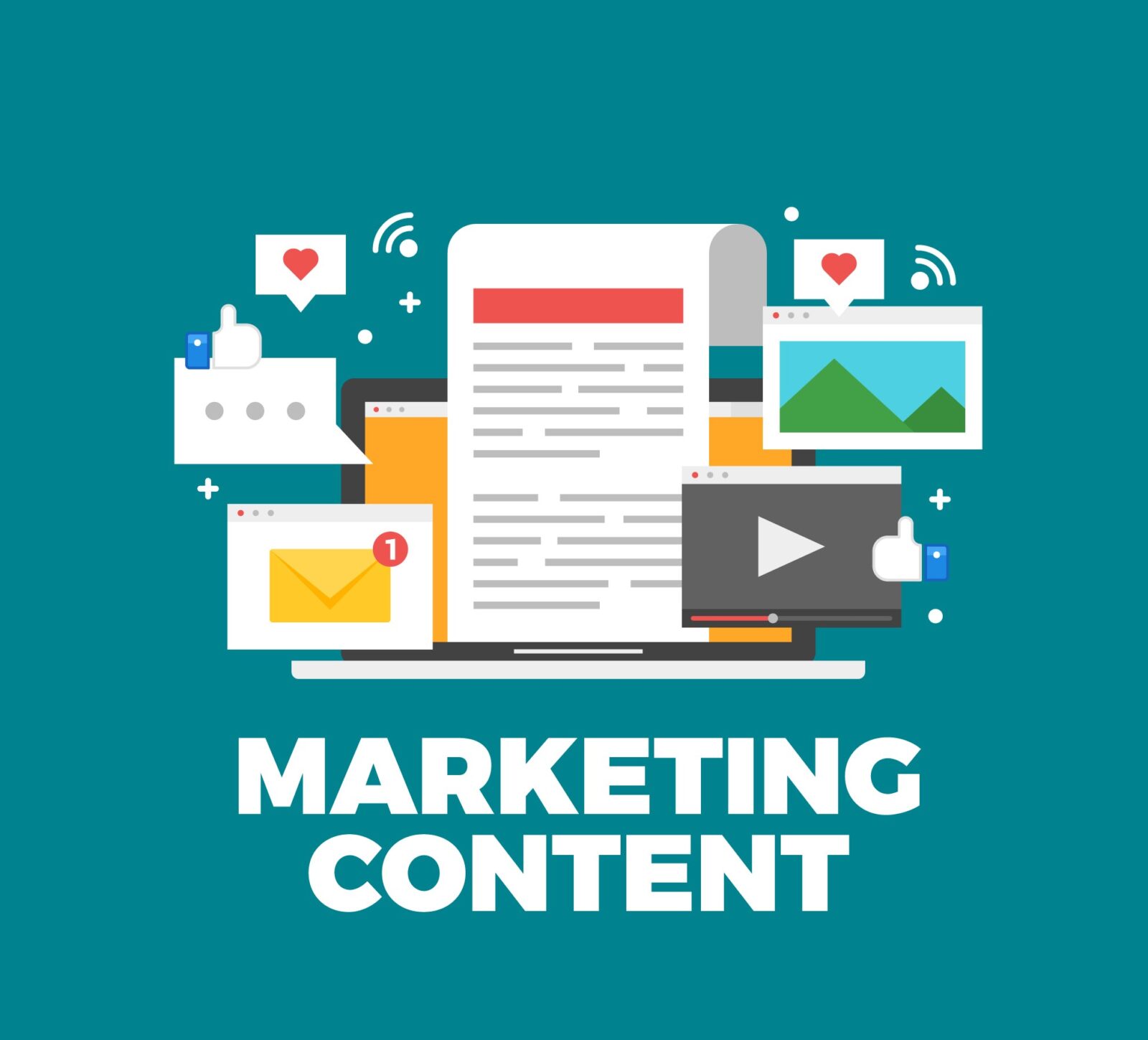How to Effectively Personalize your Content Journeys

By Cameron Katoozi, Marketing Consultant at Heinz Marketing
In the current B2B marketing field, your prospect’s engagement levels are directly tied to how well your content is tailored to specific target groups. These targeted individuals go to your website or interact with your campaigns because you offer a solution to their current issue, or show ways of improving flaws in their processes; they are going to interact with the most appealing offers, so why include additional content that isn’t applicable to them? Ideally, you need to have different content offerings for different targets. This means building new content altogether or segmenting and reworking your current content to fit your target’s needs. Whether you have current content, or you’re starting fresh, here are some tips to building effective and personalized content that will enhance your customer journeys and ultimately improve conversion rates.
Buyer Persona Identification
Before you begin to think about content, you need to clearly establish your buyer personas. Depending on your company and offerings, you could have one or multiple personas. But what is a buyer persona? This should be a document or diagram detailing all the necessary information about your ideal customer. Don’t be shy when gathering this information – more data is better in this case. You should collect as many details as possible to ensure you are developing the most personalized and customized content for this target. Some basic details you should look for are:
- Pain points/needs
- Basic demographics
- Common objections
- Motivations and goals
- The most common marketing channels they interact with
With this information, you are well on your way to building a comprehensive persona structure that will allow for great insight into what content resonates best with your target and think about messaging that will attract them at each stage of the sales funnel.
Data Collection
Once you have identified your target buyer personas, the next step is to collect supporting data. Tools like Google Analytics provide an in-depth view of these new-found buyer personas. We can understand the behavior of these consumers, track how and when they interact with content on our website and landing pages, and determine what elements of our content captivate their attention the most. These insights provide content marketers with a roadmap of how to leverage current assets to attract and engage visitors throughout their individual journeys. The further you dive into your visitor data, the better you can build out your persona criteria and characteristics.
With your data analysis, you can decide what type of content you should deliver, through the most effective channels that will provide solutions to your visitor’s pain points and challenges. Of course, you won’t collect this information overnight. Over time, you will begin to learn what content pieces are most effective in order to replicate that style and messaging across all content for that specific target. Data collection should be a priority when your goal is to deliver the most personalized content to your leads.
Personalizing Website Content
Now that you’ve nailed down your personas and collected supporting data, the next step is personalizing your website content. Every website visitor is different, as they all have different goals in mind when they navigate your website. So, a one-size-fits-all approach won’t be effective when it comes to curating content. By recommending the right content to different visitors, you can increase conversion rates and lead prospects down your sales funnel with ease. In order to effectively personalize the content on your website, you must implement new marketing technology.
Luckily, many marketing automation software and services offer solutions through machine learning. They do so by optimizing the content on your visitor’s screen with the help of pre-determined, goal-oriented, content journeys that you build on the backend. Some excellent tools we recommend for this job are PathFactory, Uberflip, and Hushly. These tools provide great insights across all the content on your website. They provide valuable visitor information on their specific content journeys and interactions with your various assets. If your visitors are coming from various channels of your marketing campaign, you can customize content based on their behavior. This allows them to see content pieces that are relevant to them and remove recommendations that don’t match. Personalization tools like this will help you captured more qualified leads to ensure higher conversion rates and increase your sales.
With the rise of marketing technology and data collection, potential customers have become hard to please. As marketers, we must adapt to the ever-changing B2B environment and utilize new MarTech tools to give prospects the most customized experience. Content has always proven to be crucial in the conversion process, and understanding what assets to deliver at different stages of the content journey for specific targets will give your company the boost it needs to increase leads and maintain your predictable pipeline.
